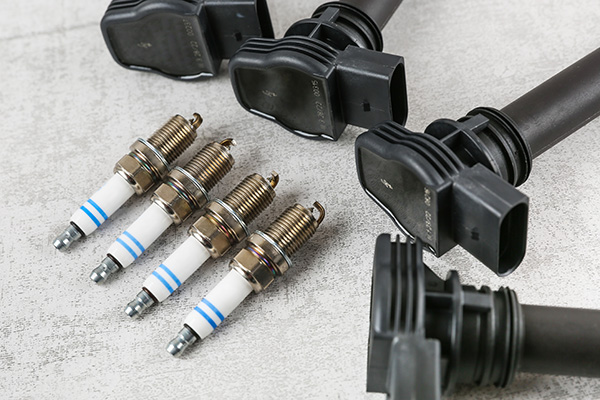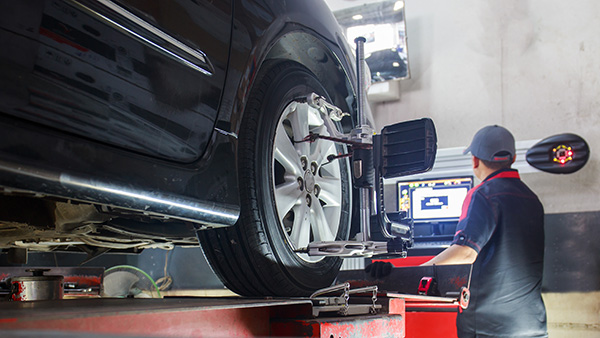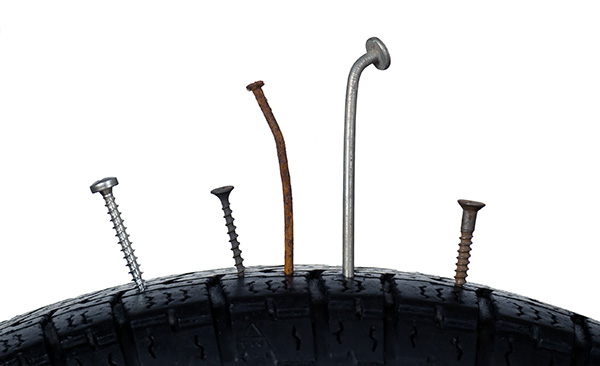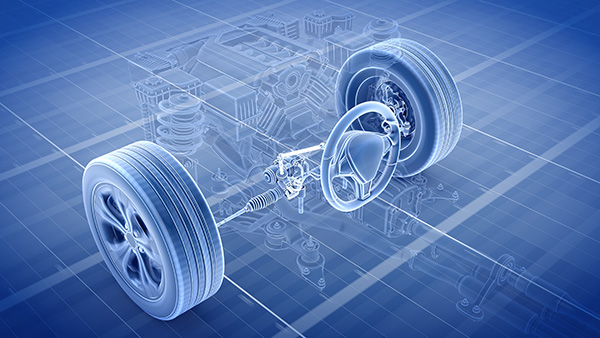Posted on 9/27/2024

Ever wondered how your car starts and gets you moving? It all starts with a small yet crucial spark. The spark plugs and ignition coils in your car create the necessary spark that ignites the air-fuel mixture in the engine’s cylinders. Without them, your car wouldn’t run at all. While these components are tucked away under the hood and often forgotten until they malfunction, understanding how they work can help you appreciate the vital role they play in your vehicle's performance. Let’s examine how spark plugs and ignition coils work together to power your car. The Role of Spark Plugs in Your Car’s Engine Spark plugs are small, but they pack a big punch. Each spark plug is a crucial component responsible for igniting the air-fuel mixture inside your engine. Without a functioning spark plug, there’s no ignition, which means no power is generated. Every time you turn the key or press the start button in modern cars, spark plugs are wor ... read more
Posted on 8/30/2024

Ever noticed how your car's tires wear out unevenly? It's frustrating, right? You might find yourself replacing tires more frequently than expected, not realizing that the culprit could be something as simple as wheel alignment. Wheel alignment is crucial not only for the longevity of your tires but also for the overall performance and safety of your vehicle. We'll explain how wheel alignment affects tire wear and what you can do about it. The Basics of Wheel Alignment Wheel alignment refers to the adjustment of your vehicle's suspension—the system that connects a vehicle to its wheels. It's not about the tires or wheels themselves but the angles at which they make contact with the road. Proper alignment ensures your tires are oriented correctly, making full contact with the road. When alignment is off, even slightly, it can lead to a host of problems, including uneven tire wear ... read more
Posted on 7/26/2024

Tire punctures are an unfortunate and often unavoidable part of driving. But the big question is, can all tire punctures be repaired? Understanding when a puncture is repairable and when it's time to replace the tire can save you time, money, and potential safety risks. Let's look into the details and demystify the world of tire repairs. 1. Types of Tire Punctures Not all tire punctures are created equal. The type of puncture plays a significant role in whether or not it can be repaired. Small Punctures Small punctures, usually caused by nails or screws, are the most common type. These punctures typically occur in the tread area and are generally easy to repair. A tire professional can often fix these with a simple plug or patch, getting you back on the road quickly. Sidewall Damage Damage to the sidewall is a different story. The sidewall of a tire is crucial for maintaining structural integrity. Punctures or cuts in this ... read more
Posted on 6/28/2024

Car steering is one of those everyday marvels we often take for granted. You hop in your car, turn the wheel, and voilà – your car obeys your every command, smoothly navigating curves and corners. But have you ever thought about how this magical process works? Understanding the intricacies of car steering satisfies curiosity and can help you become a more informed and responsible driver. The Basics of Car Steering At its core, the steering system is designed to convert the steering wheel's rotational movement into the angular movement of the car's wheels. This sounds straightforward, but it involves a complex interplay of various components working harmoniously. The Steering Wheel and Column The journey of controlling your car begins with the steering wheel. When you turn the steering wheel, it rotates a shaft known as the steering column. This column is connected to a system of gears that amplifies the ... read more
Posted on 5/28/2024

Do you usually cruise down the highway with your favorite tune blasting through the speakers? Sounds like the perfect drive, right? Well, not quite. While music can certainly enhance the driving experience, cranking up the volume or wearing headphones can pose serious risks on the road. The Impact of Loud Music on Driving Performance Sure, blasting your favorite playlist can make the commute more enjoyable, but it can also impair your ability to drive safely. Studies have shown that loud music can distract drivers, leading to slower reaction times and decreased situational awareness. When your focus is on the beat rather than the road, you're more likely to miss important cues like honking horns or screeching brakes. The Dangers of Headphones Behind the Wheel For some drivers, wearing headphones seems like a convenient way to enjoy music without disturbing others. However, this practice can be incredibly dangerous. By bl ... read more